Using stories as a provocation to better engage young learners in PECreating meaningful and relevant movement opportunities for our young students is directly dependent on our ability to spark curiosity, wonder, imagination, and joy in their learning on a daily basis. Inspiring movement and physical activity can be purposefully planned for through the use of specific provocations that help to capture our young learner’s imaginations as early as possible in the units that we teach. I’m lucky to work very closely with Zack Smith, who is a fantastic early year’s physical education teacher in the kindergarten section of The KAUST School here in Saudi Arabia. Zack and I have closely collaborated over the past three years in regards to developing the most meaningful PE experiences possible for our young learners. Zack has many great ideas and deep insight into the developmental needs of kindergarten students which helps to springboard some really good discussions around unit design in PE. The work that Zack and I are doing is an attempt to better understand how the Meaningful PE framework can be applied to 3-year olds. The big questions that we have are: How can we create meaningful movement experiences for our youngest learners? How can we make their learning in PE relevant to who they are? How can we help them connect with their classmates in order to develop the social skills of working together? How can we ensure they are challenged in order to build their motor competence? How can we infuse joy and delight every step of the way in their learning journey in physical education? Over the past few months, Zack and I have been planning more specifically in relation to how he might engage his students on a much deeper level in order to not only develop their motor competence, but to also ensure that all learning is relevant and accessible to them in a way that brings delight and joy. At the beginning of the school year, Zack created his own professional inquiry that explored how he could better use verbal and symbolic language with his students in order to better engage them in their learning and to create more agency. Through close observation and data collection in Zack’s PE classes, I was able to share some important data with him that led to us discussing his use of voice and visuals in his teaching. Although Zack has always used his voice and visuals in ways to capture his students’ attention, we created a plan that would take this to what we felt was the next level. Story-Telling as a Provocation Zack has always told stories to his young learners in the past, but what we decided to do differently was to specifically create stories that were more purposefully structured in ways that inspire an imaginative journey that embeds movement and physical activity as part of the storyline. Planning these stories from scratch takes an open-mind, some deeply creative thinking, and carefully planning the types of visuals to be used in the story. Each lesson is essentially a short chapter with each chapter building in complexity in order to set up different challenges that the students will need to explore and take part in. As Zack’s pedagogical/instructional coach, one of my roles is to help him to create teaching resources based on our planning discussions. Our goal has always been to deepen levels of engagement which can often be measured through further observations. As Zack uses the resources as part of his teaching, my job is to then observe the students to see whether or not they are more engaged in the lesson. This can easily be done by literally counting the number of times Zack has to re-direct his students to get them back on track. I can also observe his students as Zack tells the stories to see how closely they are paying attention. Through the use of voice and specific visuals in his story-telling, we have found that the students have definitely been paying more attention. We have also found that the number of re-directs on Zack’s part has gone down considerably as the students are really engaged in his lessons. This provides us with valuable data to show that the use of story-telling with visuals has helped to not only keep students on track with their learning, but to better engage them in the lessons. I’d like to share the story we created so far in Zack’s current unit and what we are hoping to accomplish through this story. STRIKE FORCE HEROES Zack is currently doing a unit that focuses the students on developing striking skills using their hand and other striking implements such as soft paddles, rackets, bats and also their feet. These manipulative skills help children to strengthen the muscles in their hands, develop eye-everything coordination, increase physical control, and explore cognitive concepts like cause and effect. Have a look below to see the visuals that we are using in Zack’s Strike Force Heroes story and a summary of each part of the story so far. The goal is to get the kids engaged in movement through the themes of the story. Each student can be a part of the Strike Force team in order to defeat the evil villain. Exciting stuff! Lesson #1
Lesson #2
Reflections after the first two lessons?Both Zack and I have noticed full engagement, less need for re-directing students, and some really happy and excited kids. We have noticed that they were actually making efforts to touch the targets with the paddle as they navigated their way through the obstacle course. We also noticed less behavior problems as the students had options. They didn't have to go through the course exactly as laid out in the story visual (#15). They could drop in and out of different areas of the obstacle course journey in order to tap into their curiosity more.
Zack and I met (today) at the end of the day to pre-plan next week's chapter. There are some adjustments that we will make to re-emphasize certain parts of the story in order to draw out the learning intentions that we have for this unit. Planning for meaningful experiences in physical education with young children takes careful planning that goes well beyond just letting them run around for 30 minutes with no specific purpose. It is easy to think that 3 -year olds just need to play and explore with no purpose. Although this is true at times, Zack and I are carefully planning how they play and explore in order to create meaningful movement experiences that connect them with their classmates, challenge them to learn new ways to move their bodies, and to use their imagination in ways that bring them joy and delight. Looking forward to sharing another blog post showing the progression of learning. In the meantime, check out the photos of the students working hard in their role as Strike Force Heroes. Thanks for reading.
2 Comments
4/25/2019 08:31:40 am
Hi Andy and Zack
Reply
Tomaz
7/7/2020 03:33:59 am
What a powerful idea and its application! This can also be easily and effectively applied to older grade levels like Gr1 and 2. If we look at the meaningful PE framework, this story-like delivery of PE assembles all its parts. It’s fun, there are opportunities for social interactions, it is personal relevant to them (they can choose which hero they like best), it’s totally centered in their own imaginary and it’s how we all learn best (through a story). Big shout out to you and Zack for running this unit and sharing it with all of us. Would you and Zack mind if I use the fantastic visuals and try to apply this screenplay into my first unit next year? I am planning to integrate with Library when they are learning to be readers.
Reply
Leave a Reply. |
AuthorKAUST Faculty, Pedagogical Coach. Presenter & Workshop Leader.IB Educator. #RunYourLife podcast host. Archives
September 2022
|
- Welcome
- All Things Teaching and Learning
- The Aligned Leader Blog
- Consulting and Coaching Opportunities
- My TED X Talk
- My Leadership Blog
- Run Your Life Podcast Series
- How PYP PE with Andy Has Helped Others
- Good Teaching is L.I.F.E
- The Sportfolio
- Example Assessment Tasks
- PYP Attitude Posters (printable)
- Publications
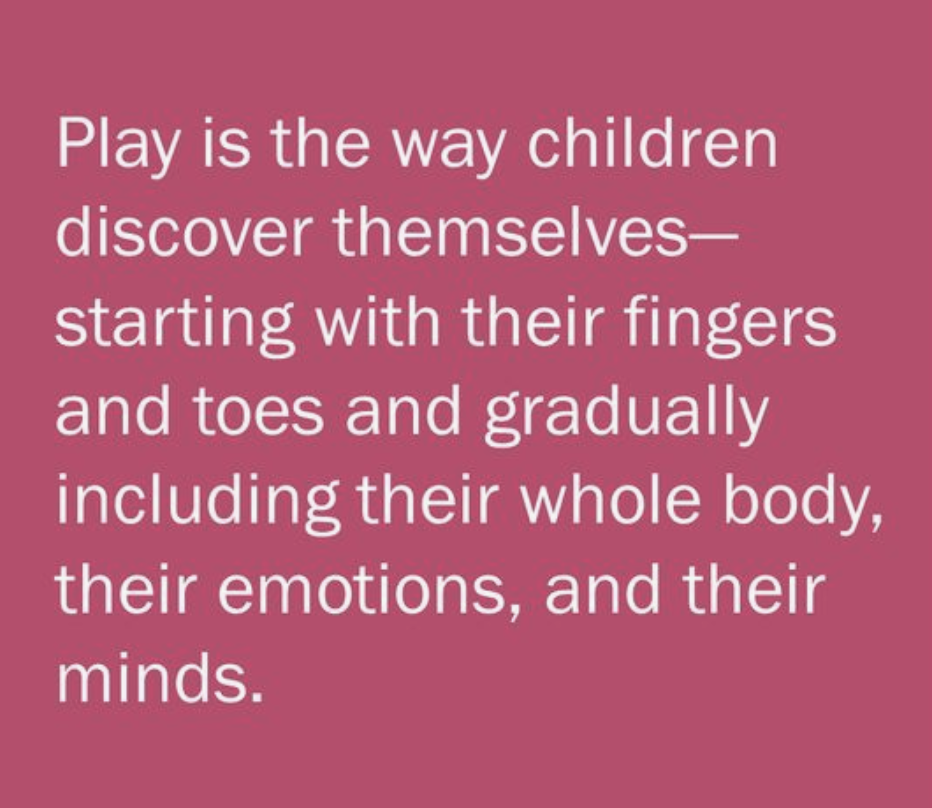

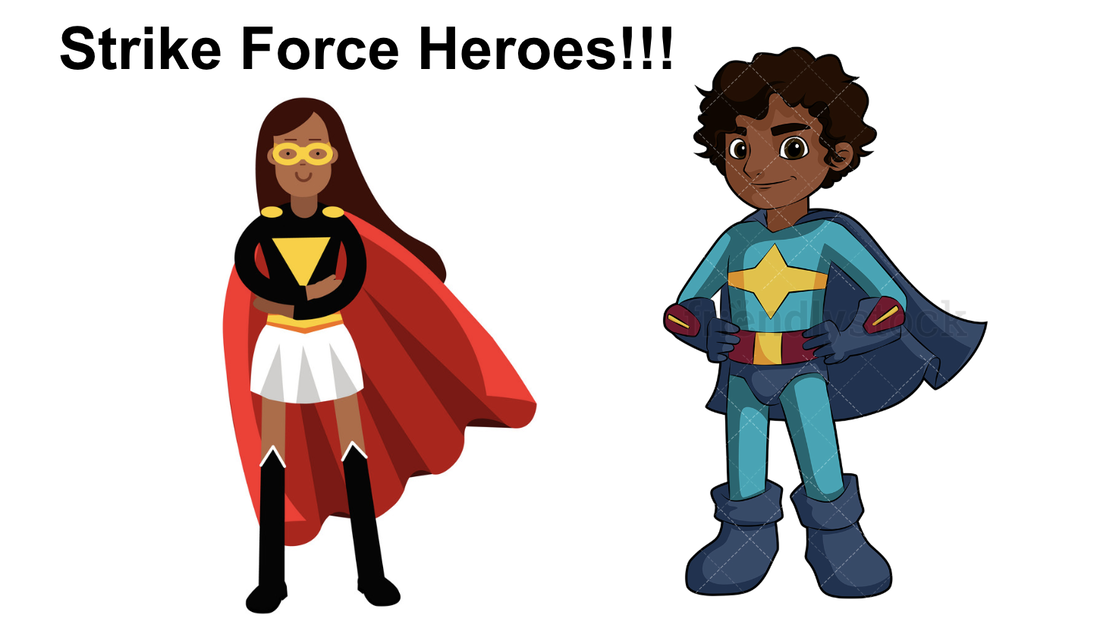



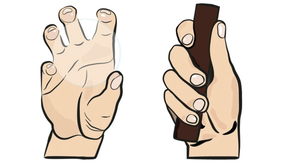
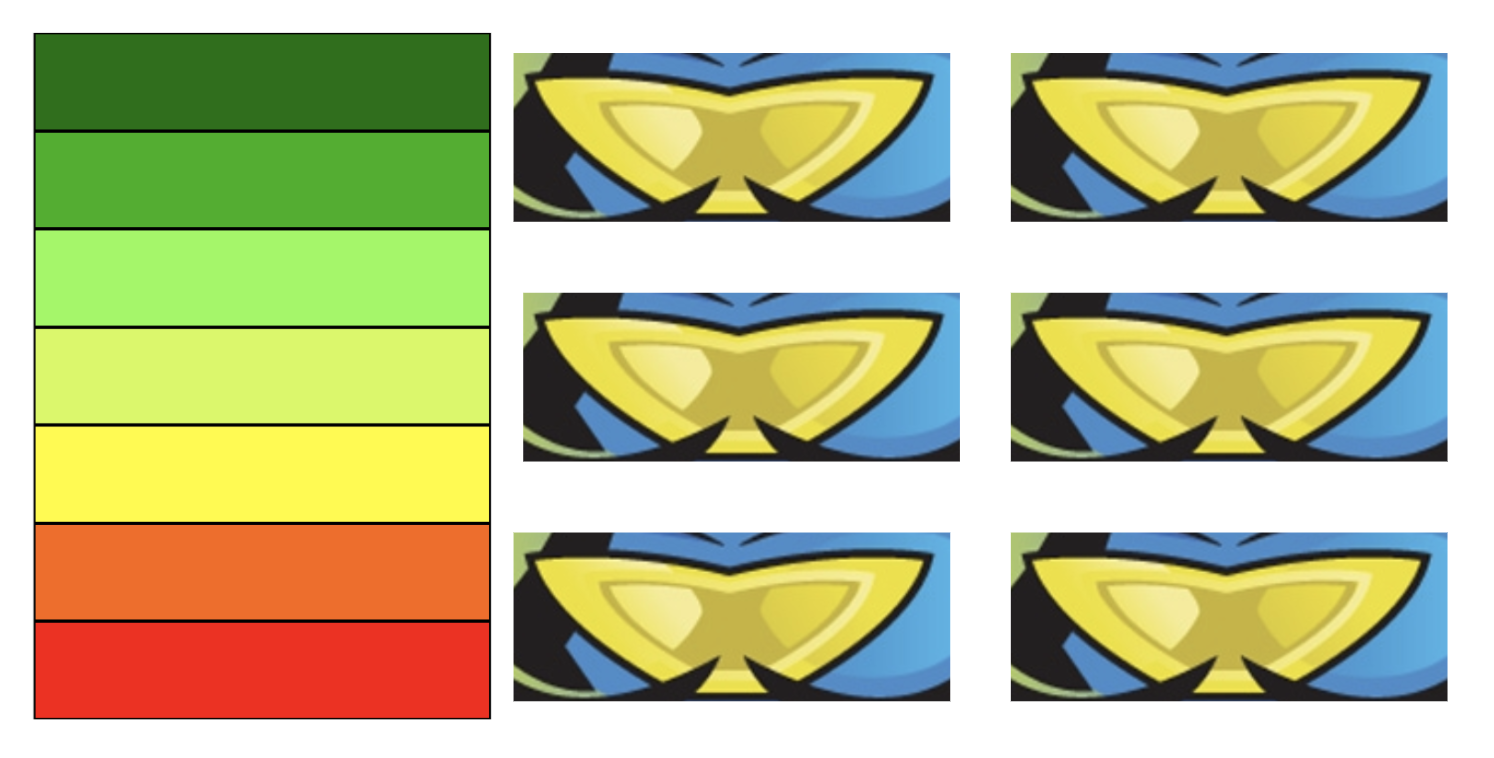

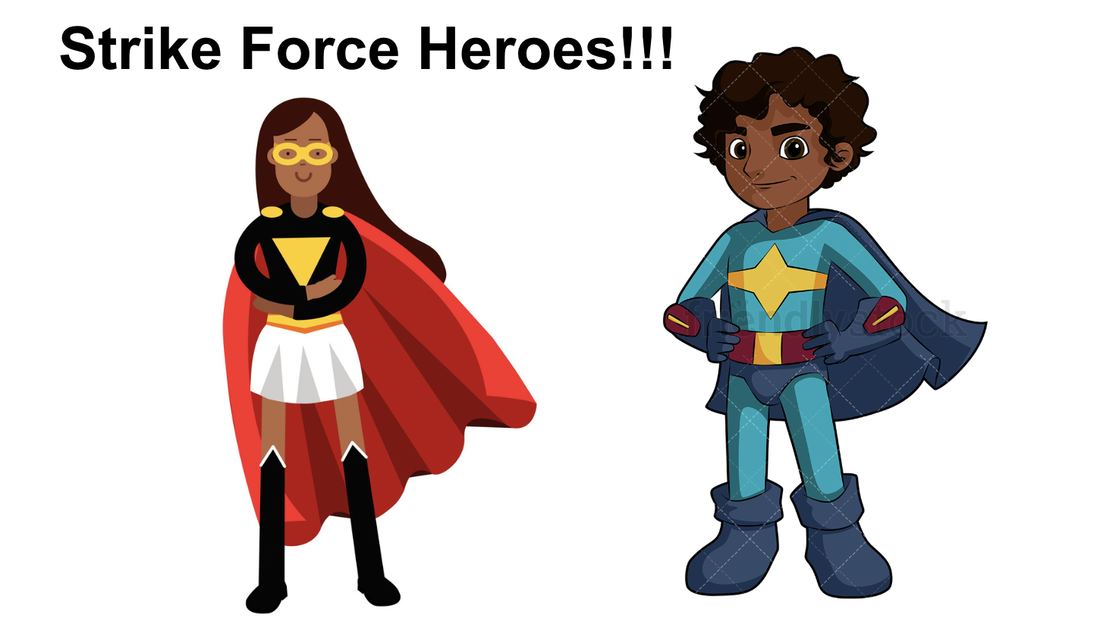
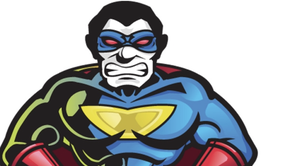

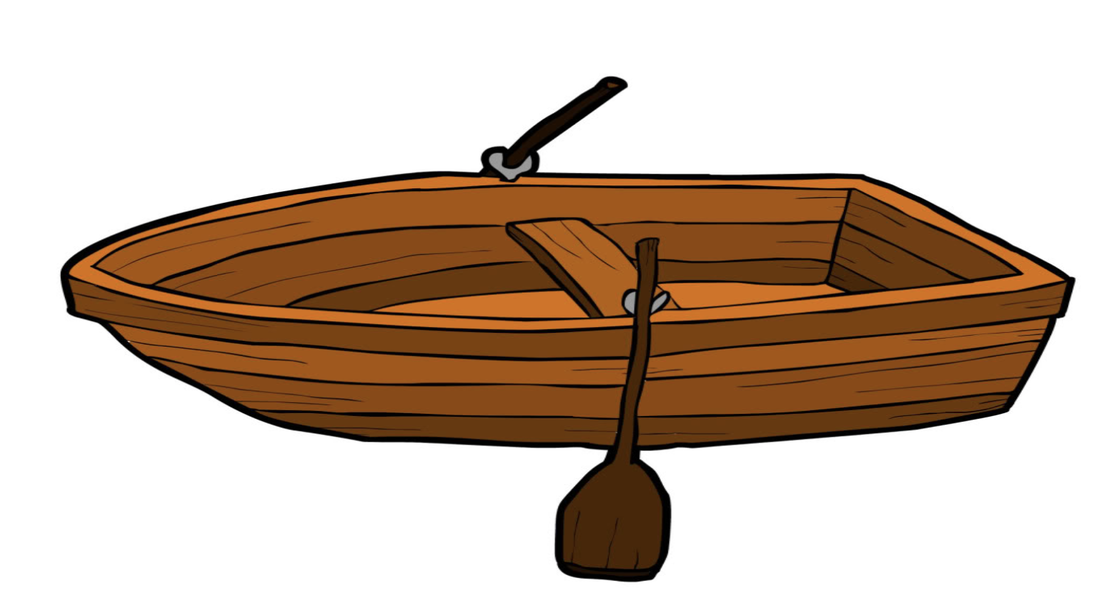

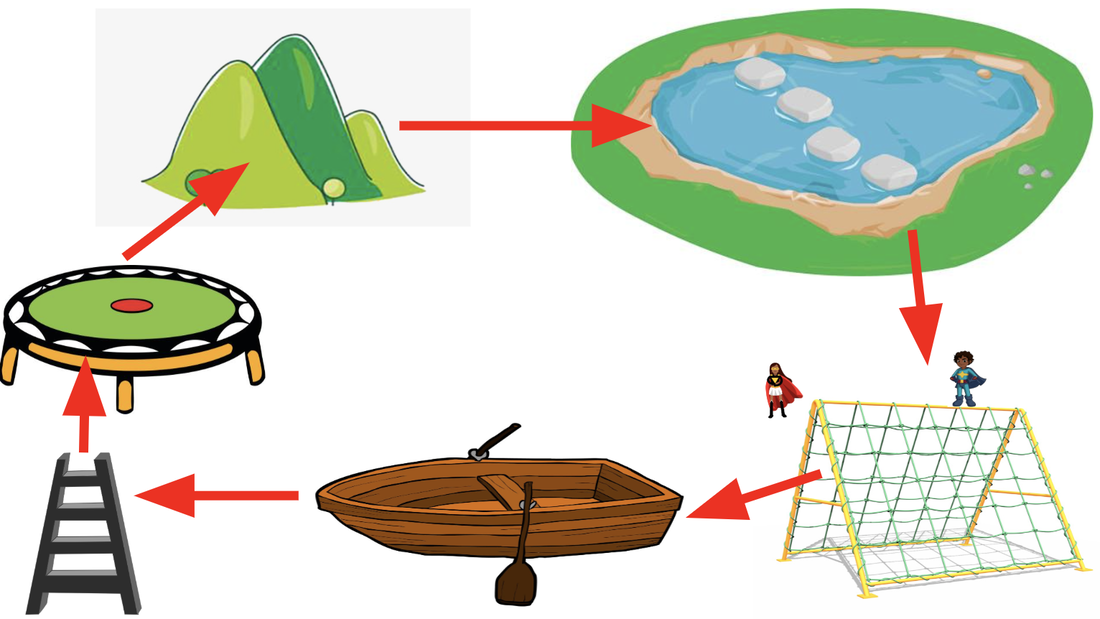

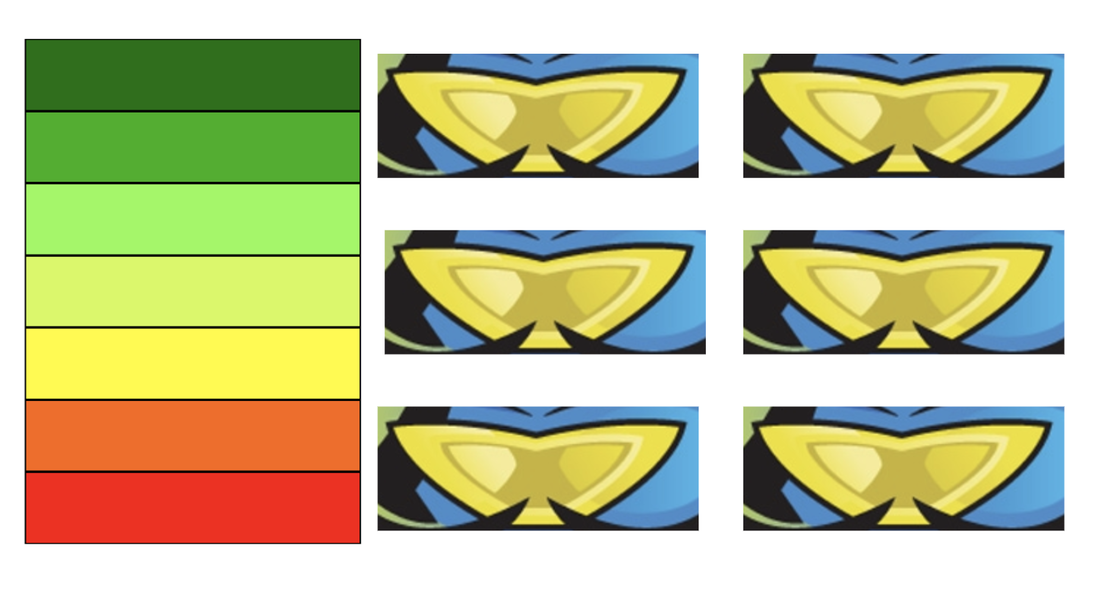
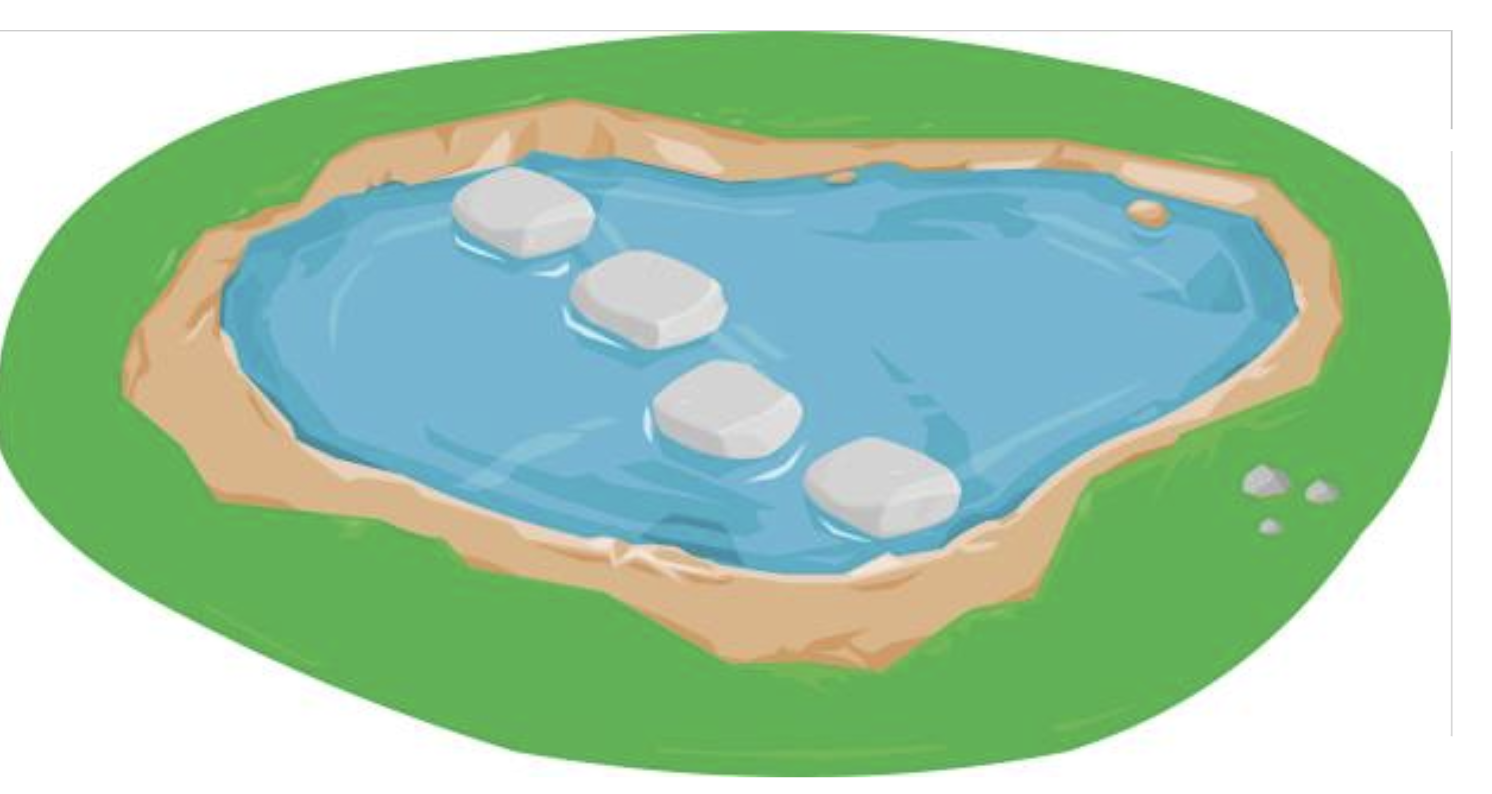

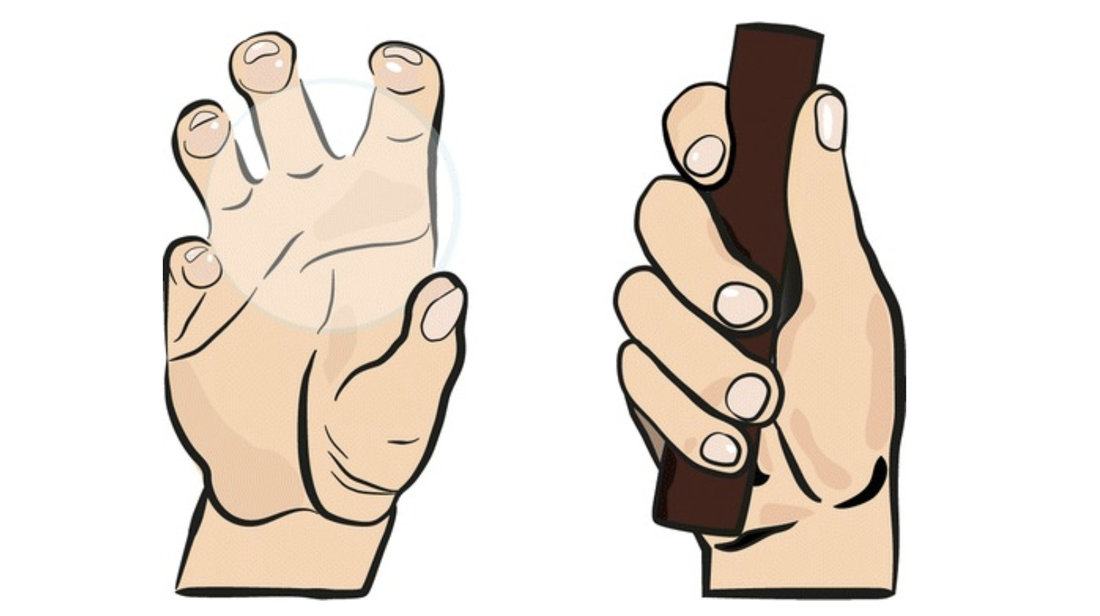

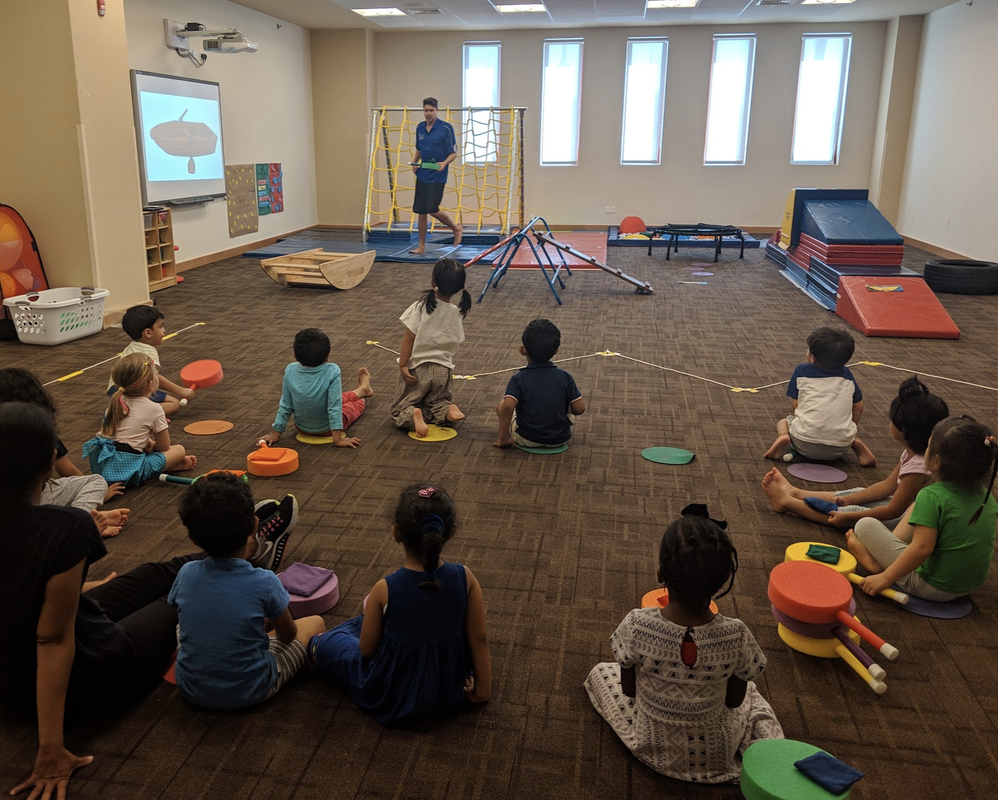
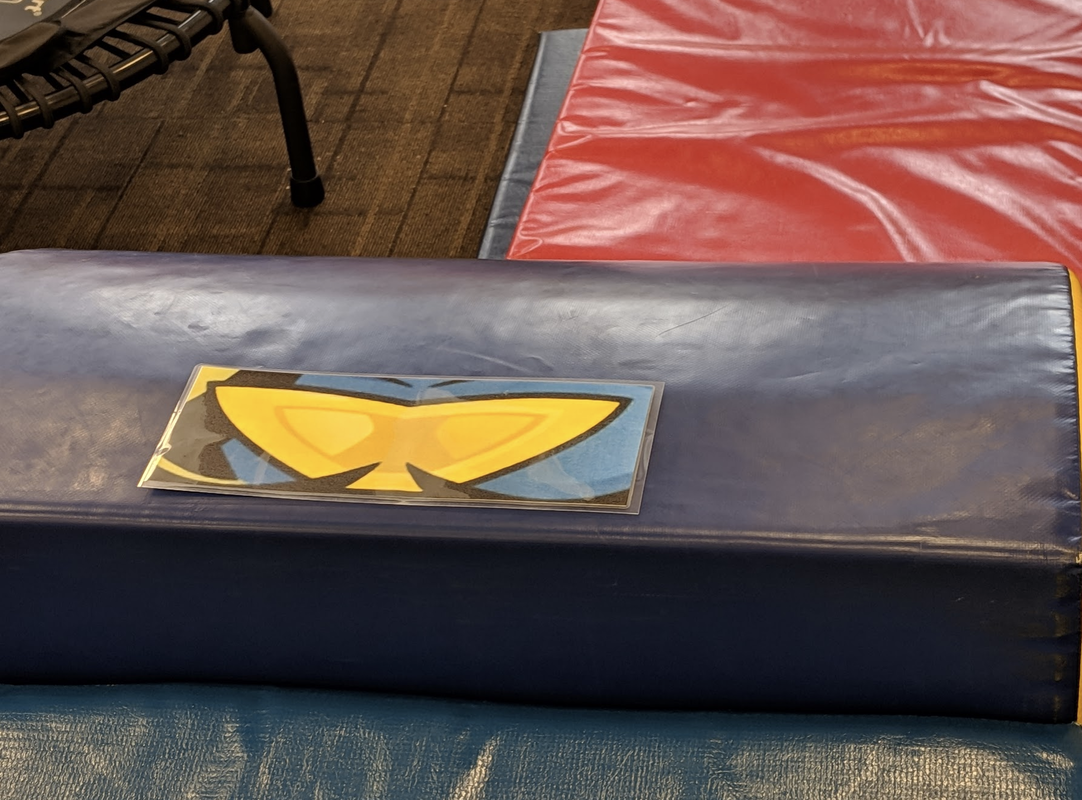
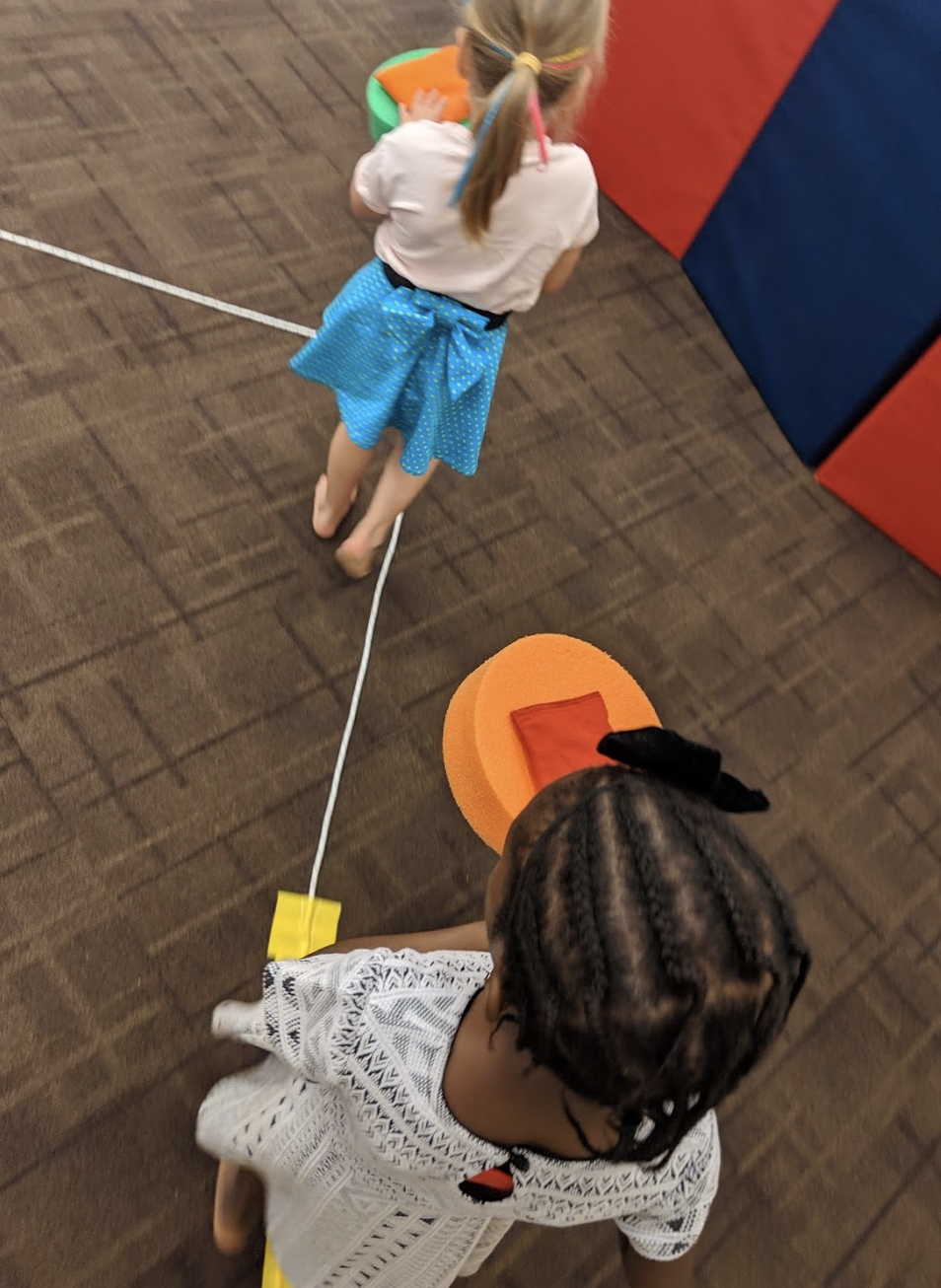
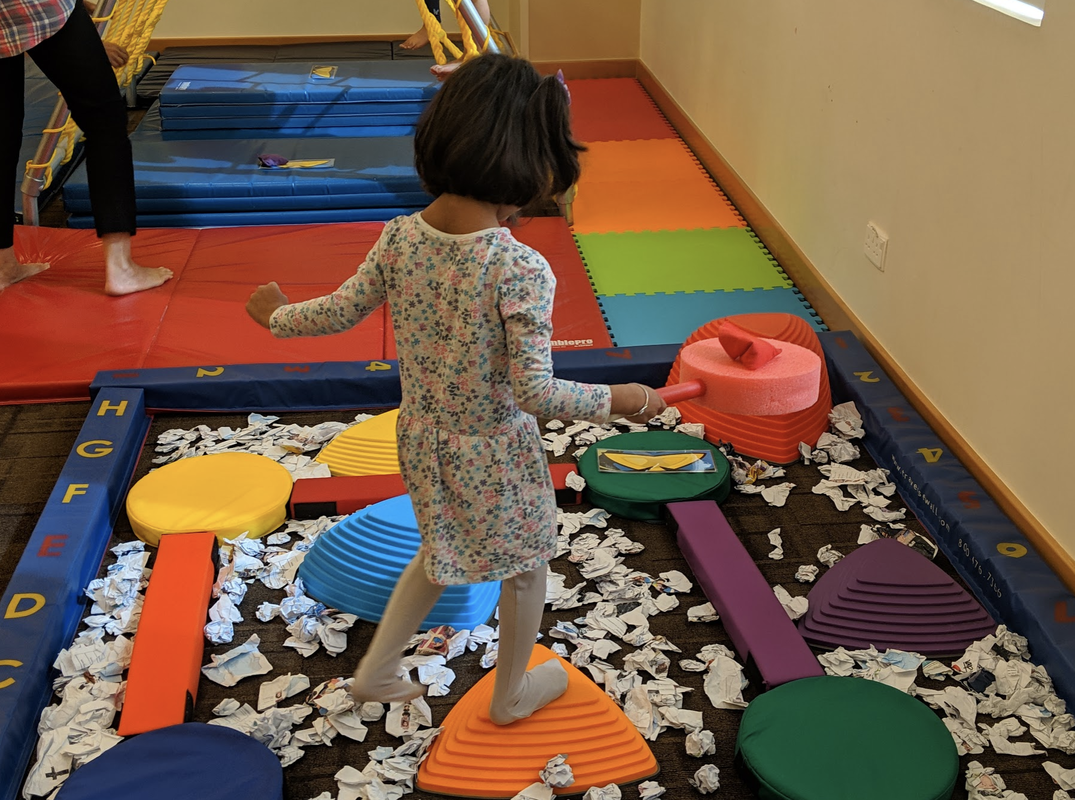
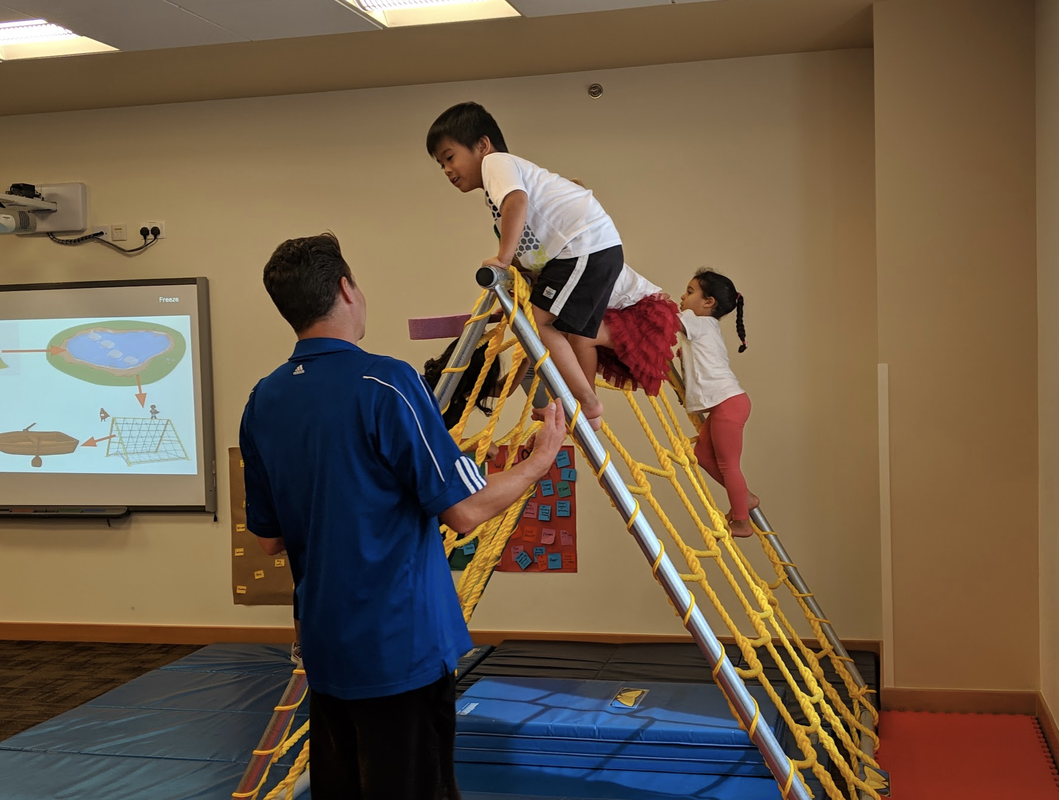
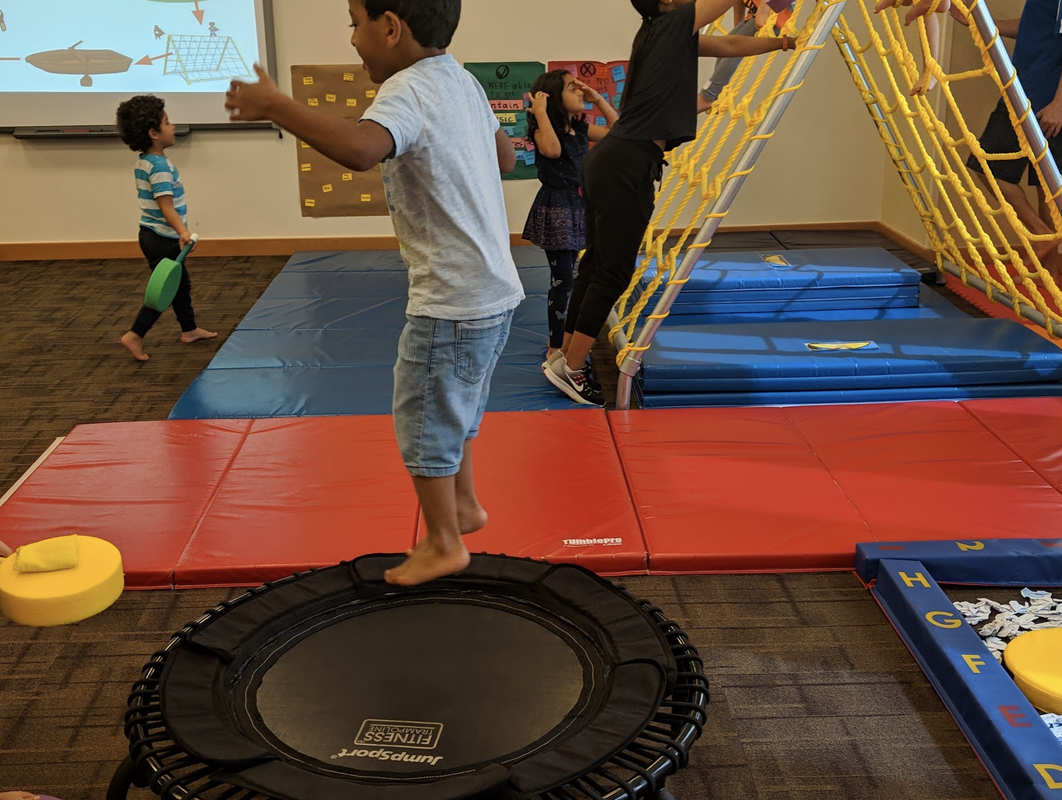
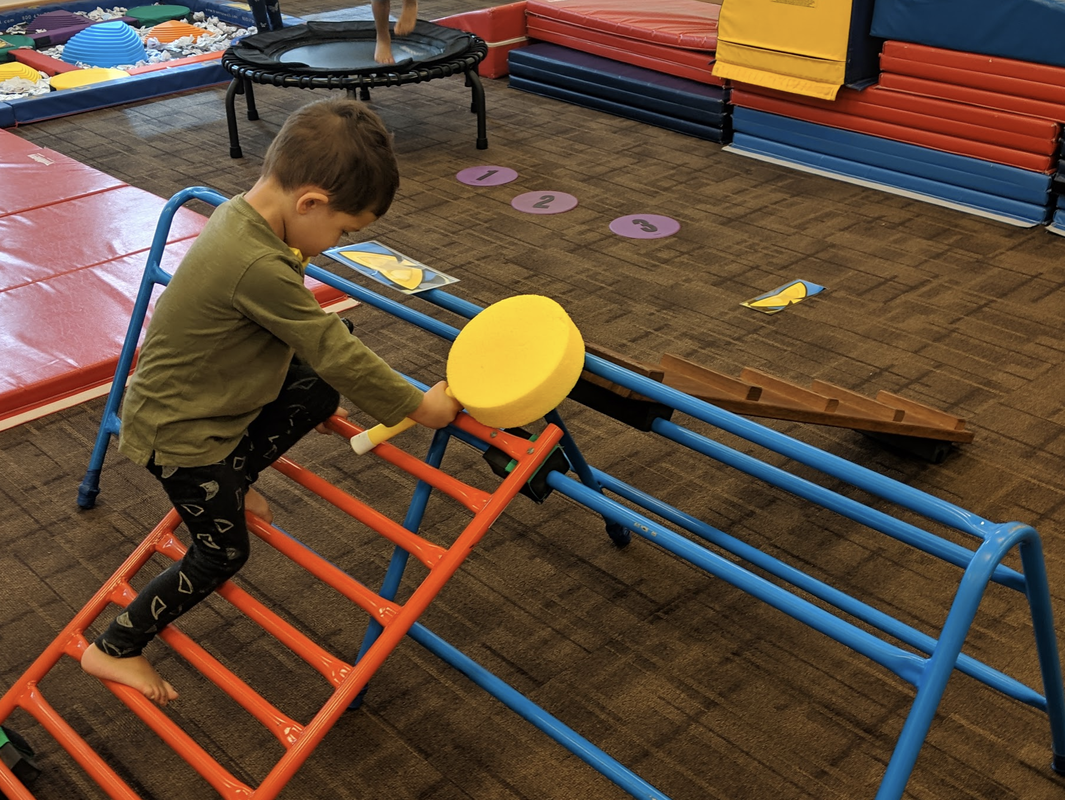
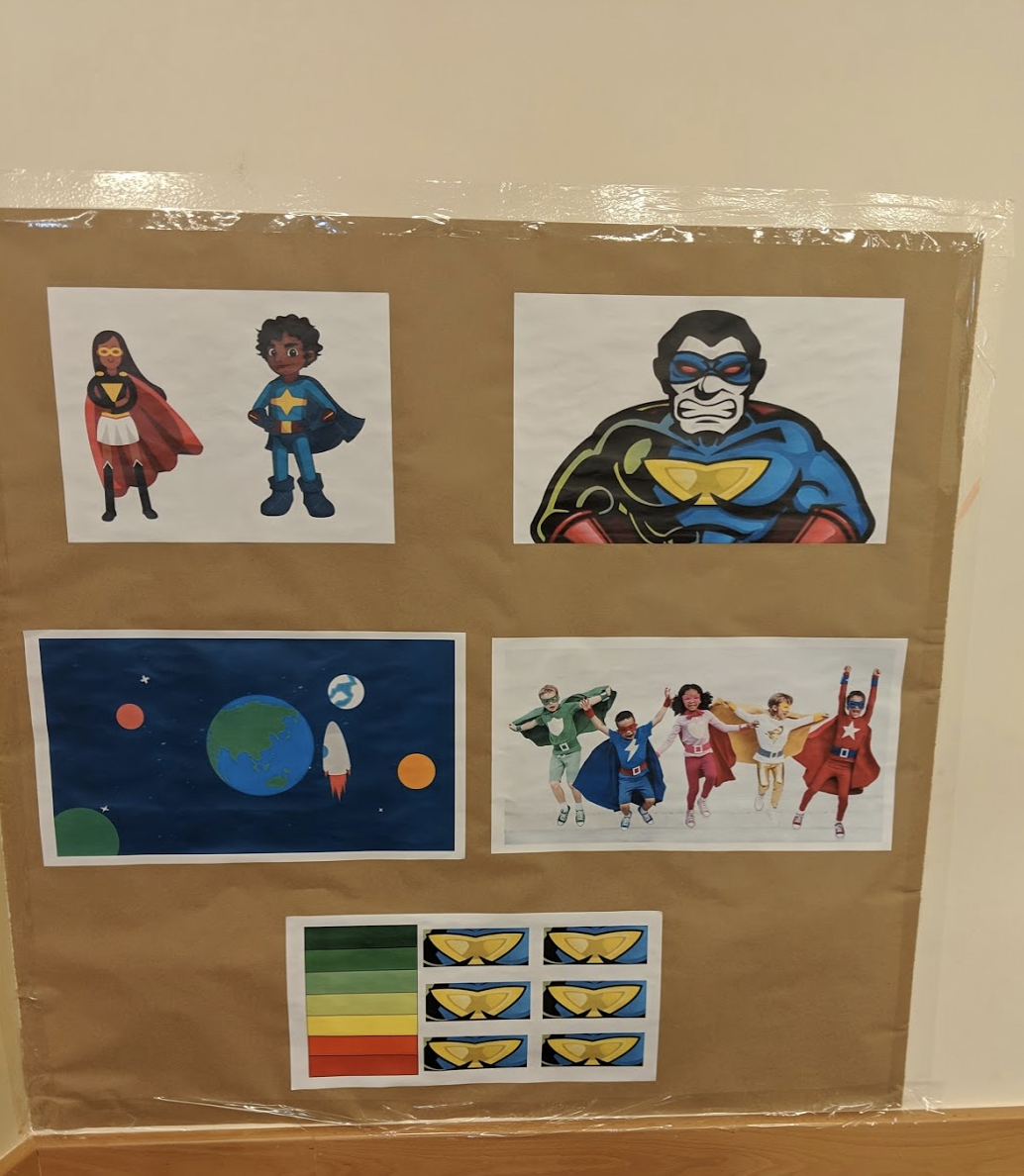
 RSS Feed
RSS Feed
